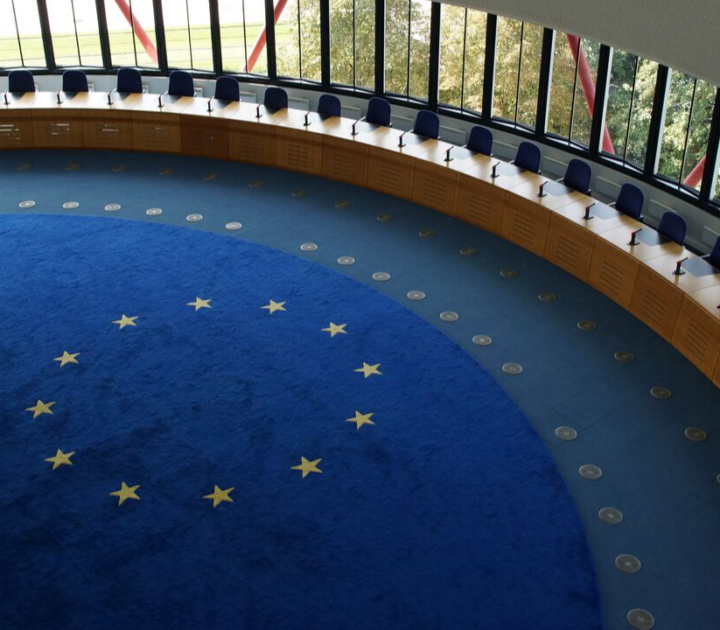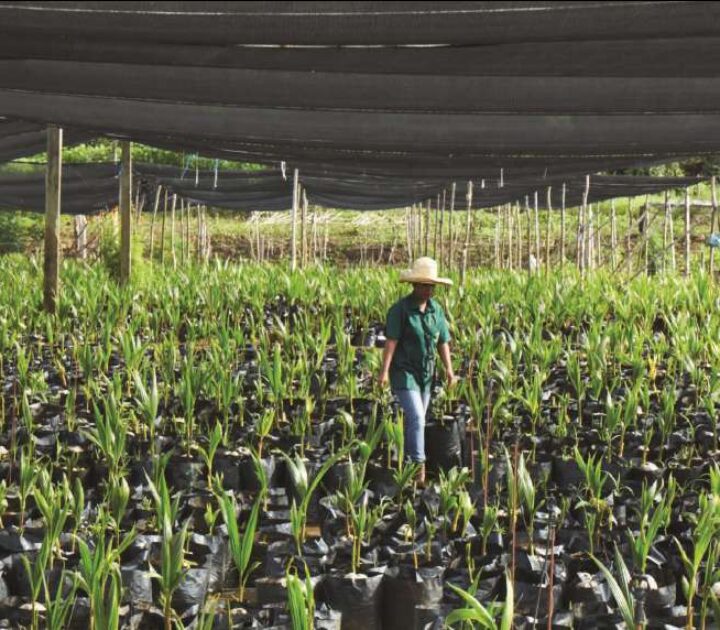
What makes humanitarian issues investable? Why are alternative financial models to help support humanitarian efforts needed today? What financial tools are available that can scale social impact beyond the traditional funding mechanisms available to humanitarian organizations?
Professor Vanina Farber, elea Chair of Social Innovation, Dr Maximilian Martin, Global Head of Philanthropy at Lombard Odier Group and Juan Coderque Galligo, Head of New Financing Models, International Committee of the Red Cross (ICRC), delve into the answers to these questions.
This webinar appeared live on Wednesday, 10th June at 11am CEST.
Bringing together the perspectives of a private investor and a humanitarian organization, Professor Farber begins by asking her guests why new financial instruments are needed to make humanitarian issues investable for the private sector.
Private sector increasingly involved in humanitarian issues
While there’s traditionally been reticence towards private sector involvement in humanitarian issues, Professor Farber argues that financial instruments that mobilize private capital have become increasingly popular in the last decade.
Criticism of ineffective state-led interventions as well as concerns around cost efficiency has created the opportunity for new financial innovations to help shift risk to the private sector and improve outcome delivery: a pay-for-success financial model.
Pay-for-success models represent an innovative contracting model that drives government (or other charitable) resources toward high-performing social projects.
By tracking the effectiveness of the project relative to predefined benchmarks, private investors such as foundations, banks and other corporates provide the upfront, at-risk capital to the service providers delivering the social good or service.
Innovations like social impact bonds and pay-for-success models fill a glaring gap in being able to quantify the cost of social issues and therefore the savings that can be traced to specific budgets of clearly identified government departments.
Non-profits also become much better equipped to quantify the impact of their interventions. And ultimately, more efficient and effective humanitarian interventions help save taxpayers’ money.
But what does it take to create financial mechanisms that back interventions that are truly moving the needle when it comes to producing social impact in humanitarian settings?
One major hurdle to overcome is the high transaction cost of bringing diverse stakeholders and expertise from public and private sectors to the same table.
In many cases philanthropic assets have successfully served the role of risk reduction and crowded in return-seeking investors.
The public sector’s appetite for alternative funding models
Tracing the current shifts in public sector approaches to financing humanitarian solutions, Juan Coderque Galligo (ICRC) notices increasing recognition of the private sector’s role in reaching objectives.
He outlines increasing humanitarian needs while public funding is stagnant or even decreasing. “There’s more humanitarian needs than government funding or traditional philanthropic grant donations can support today.”
Coderque Galligo suggests this is not only due to COVID-19 but also the need for “new ways of working” that support the long-term timeframes of humanitarian interventions.
“When we speak to our government partners, they’re looking at innovative finance and new finance models for a number of reasons. They want more efficiency in the system. They want more outcomes-based approaches. And they want the private sector to contribute,” he says.
According to the World Bank, 50% of the world’s poorest people will be living in conflict environments by 2030, whereas today, only 30% of the world’s poorest are estimated to be doing so.
“While the ICRC will continue to remain funded using ‘traditional’ resource channels, including government funding and grant donations, it is our objective to have 5% of our annual budget supported through new financing models by 2030,” says Coderque Galligo.
This is no small feat considering that today, the ICRC’s annual budget is $2 billion. Diversifying the capital base of large, international organizations such as the ICRC requires the collaboration of the private financial sector, and in particular players such as Lombard Odier that have been driving financial innovation in the sector.
“It’s about matching different skillsets to make progress,” says Dr Maximilian Martin of Lombard Odier Group.
“If we have 168 million people today needing humanitarian assistance and a financing gap of around $27 billion in funding humanitarian interventions alone, it’s clear we need to find new ways of leveraging capital,” he adds, going on to explain a three-dimensional approach to creating such solutions.
Lombard Odier and ICRC’s Program for Humanitarian Impact Investment
Dr Maximilian Martin paints a quick picture of the fundamentals behind the Lombard Odier-ICRC Program for Humanitarian Impact Investing.
Implemented in the DRC, Nigeria and Mali to provide physical rehabilitation support to families affected by conflict, the program involves an agreement between the ICRC and social investors.
Outcome funders such as government institutions agree to make pay outs upon delivery of specific outcomes that are confirmed by an independent verifier.
Based on pilot interventions using this financial model, an increase of efficiency in rehabilitation centres of as much as 80% is being targeted.
What made the difference?
On the success of creating a collaborative public-private financial model to fund humanitarian interventions, Dr Martin says, “We need to use market mechanisms. Subsidies, public or private, are simply not enough.”
“We’re now having a shot at scale, at building the really professional solutions we need together with an organization that has critical mass. We’re creating new ways of working in the humanitarian space that systematically involves the private sector where it makes sense.”
He adds that they are also enabling organizations in the field to onboard digitalization “so they can really become effective.”
Juan Coderque Galligo believes in the power of deals, stating: “ When you put concrete, specific deals on the table, it mobilizes actors and pushes us beyond our usual comfort zone.”
Building the market for new financing models
Juan Coderque Galligo expands on five key perspectives on “organizational readiness” to become involved in new financing models for humanitarian projects including: mandate, organizational support, systems, resourcing (seed money and human resources) and capacity to implement.
Making a compelling case for moving forward in the humanitarian space using alternative financing models, Dr Martin says “History matters. As professionals, we need to ask ourselves: what side of history do we want to be on?
“When we look at the financing gap to fund the Sustainable Development Goals, and if you look at the implications of COVID-19, we need to bring our financial, management and humanitarian expertise together to develop solutions that punch above their weight. The COVID shock results in an innovation imperative: much greater value for money, and new formulas to crowd in private sector capital.”
It is precisely this spirit of collaboration and bridging of sectors that the elea Center for Social Innovation strives to achieve through its role as an academic partner, fostering debate and inspiring novel solutions for a more sustainable future.
To find out more about upcoming webinars from the elea Center for Social Innovation, please visit the Center’s page here.






